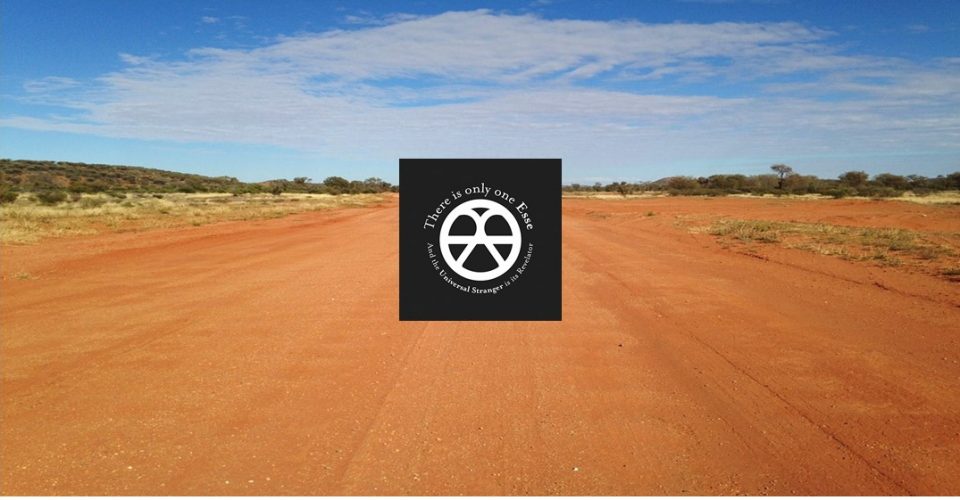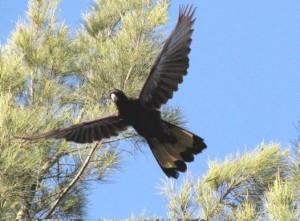Not that anybody cares, but there’s been a long interval since the last post. That’s because Rody and I have been focusing on “Rody and The stranger”, the novel based loosely on Rody’s life and times (not that anybody cares about them, either). Anyway, we thought it would be nice to include another, shorter, passage from the work-in-progress about one of Rody’s favourite Australian animals, the black cockatoo, which, like so much wildlife these days, is under pressure from environmental degradation.
It began with a single, plaintive note that curved through the air, strange and familiar, like a sound you know you’ve heard before, perhaps in childhood, but can’t remember where or when. As I looked up, a breeze washed through the clearing and the high branches began to sway. A second gust turned the canopies inside out and the shade they had provided disappeared in a shellburst of silver, green, gold and blue as the sunlight broke between the leaves and through them, followed by fragments of sky. Then between the branches shapes descended which might have been birds or, because they were so black, the shadows of birds; it was only when each one landed on a branch—and, with a final flare of its wings, resolved itself into a momentary stillness—that it was possible to be certain that they were black cockatoos. There were about a dozen of them; in the early days after moving to World’s End, we used to see thirty or so at a time; not any more. Apart from a glimpse of yellow in their tails and behind their beaks, they were quite black. No, they were more than black; they radiated darkness, and rode upon the floating branches like pulsing beacons of night on a deceptively calm sea.
Text © 2015 Simon Jones; Picture © Jim Clarke

